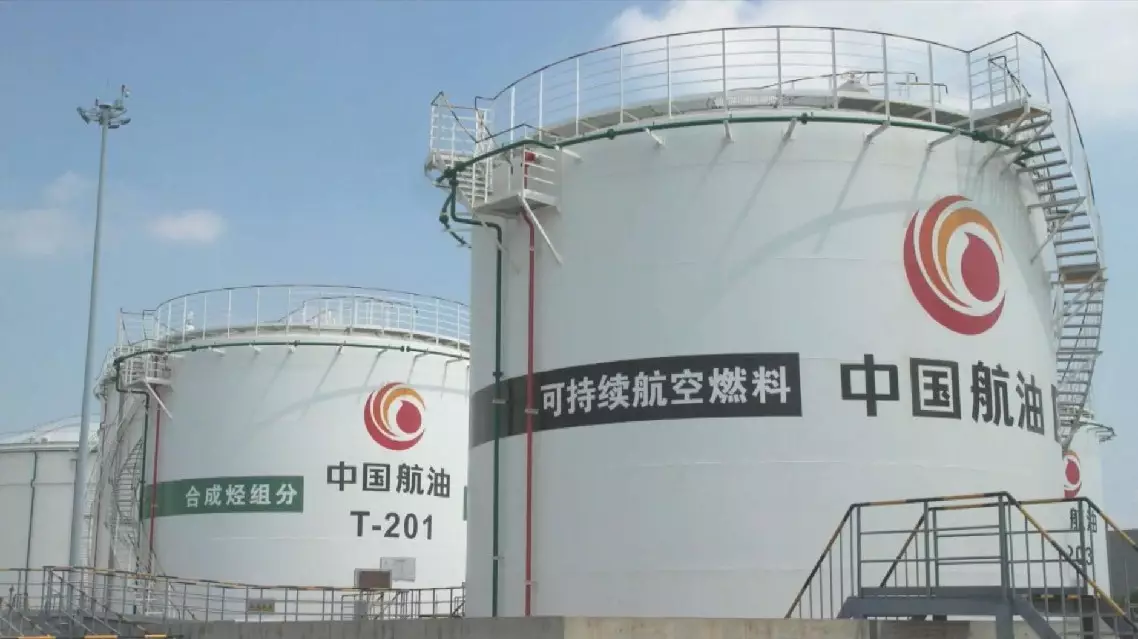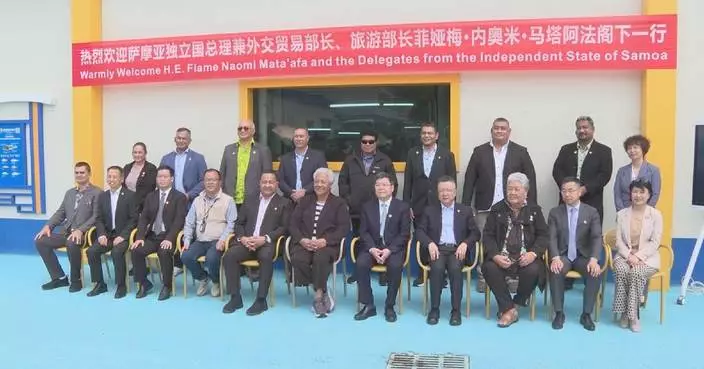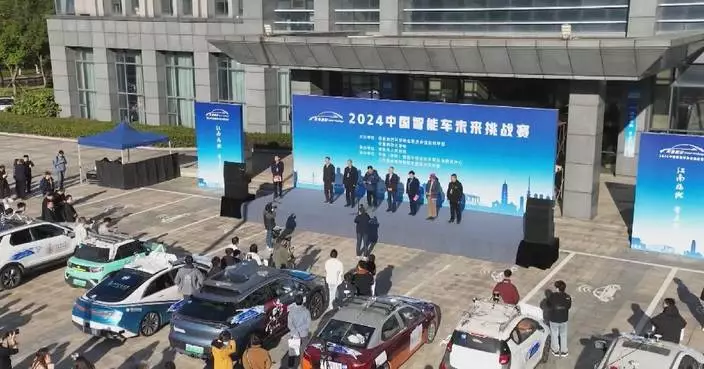The 18th Xinjiang Winter Tourism Industry Trade Expo opened on Friday alongside the Xinjiang Funskiing Festival 2024, with both events aiming to boost the "snow and ice economy" in northwest China's Xinjiang Uygur Autonomous Region.
Both events are being held in Urumqi, the region's capital, and are drawing attention to the ideal conditions that Xinjiang offers snow sport athletes and enthusiasts.
"Xinjiang boasts a long snowfall season and high-quality snow, presenting significant potential for the development of the ice and snow economy. We have strong confidence in the future of the ice and snow economy, as well as in ice and snow sports in Xinjiang. We are also committed to continuously upgrading the Freeride World Tour (FWT) in Xinjiang, enhancing it to a higher level and attracting more skiers," said Zhou Hang, executive director of Xinjiang Funskiing Festival 2024.
With an exhibition area of 18,000 square meters, the three-day trade expo is being held in three pavilions: Snow Equipment, Snow Brand, and Snow Consumption, showcasing stylish and professional products from global ice and snow equipment manufacturers.
Beginning with this new snow season, numerous ice and snow activities are set to be held across the autonomous region. The local government of Altay Prefecture is actively promoting the economic benefits of these events, which include the second Altay Mountains Winter Sports Games and the FWT.
Since 2006, the Xinjiang Winter Tourism Industry Trade Expo has been successfully held for 18 consecutive sessions. Each year, the scale of the exhibition, the diversity of activities, and the number of participants have continued to grow, making it a key platform for showcasing Xinjiang's ice and snow resources and culture.

Xinjiang Winter Tourism Trade Expo, Funskiing Festival held in Urumqi

Xinjiang Winter Tourism Trade Expo, Funskiing Festival held in Urumqi
A leading Chinese aviation fuel maker is setting its sights on the rapidly growing sustainable aviation fuel (SAF) market, driven by the increasing demand for eco-friendly aviation solutions.
SAF is a new type of green jet fuel made from renewable resources or wastes. In recent years, relevant industries in China have grown rapidly, with innovative uses of waste oil to produce sustainable aviation fuel. For example, discarded oil from everyday cooking is now being recycled and converted into fuel for aircraft.
At the recent Airshow China in Zhuhai, south China's Guangdong Province, Sichuan Tianzhou International Trade Co., Ltd., a leading technology company in China specializing in aviation fuel supply, introduced how it has transformed waste oil into SAF.
"I have a bottle of waste hotpot oil in my left hand and a bottle of finished SAF in my right. We collect the kitchen waste oil, remove impurities, and refine it through hydrogenation. Then, we can smoothly blend the processed oil with traditional petrochemical aviation fuel, making it suitable for large aircraft and helping to reduce carbon emissions at every stage of the process," said Chen Yu, general manager of the company.
Compared with traditional petrochemical jet fuel, SAF, made from waste materials such as animal and vegetable oils, household waste, and agricultural and forestry waste, can reduce carbon emissions by nearly 80 percent.
Now, this jet fuel supplier is building its industrial base in Neijiang City, southwest China's Sichuan Province. Once fully operational, the facility is expected to process 500,000 tons of waste animal and plant oil annually, with an estimated output value of around 10 billion yuan (about 1.38 billion U.S. dollars).
"When we first started developing this type of fuel, we received little attention. But since last year, and especially recently, we've been in deep cooperations with international airlines frequently, as well as major domestic airlines and China National Aviation Fuel, about future collaborations and orders," said Chen.
According to a research report from Chinese financial services company Guosen Securities, China currently can produce 350,000 tons of SAF each year, with plans to increase it to 3.53 million tons.
For global climate reduction goals, countries around the world are also accelerating the building of the SAF industry.
"The climate goals of countries worldwide are the same. By 2030, all commercial aircraft should be compatible with the use of SAF, and by 2050, the target is to achieve emission reductions and net-zero emissions," said Yao Junchen, vice president of the Chinese Society of Aeronautics and Astronautics (CSAA).

Chinese company targets growing sustainable aviation fuel market











